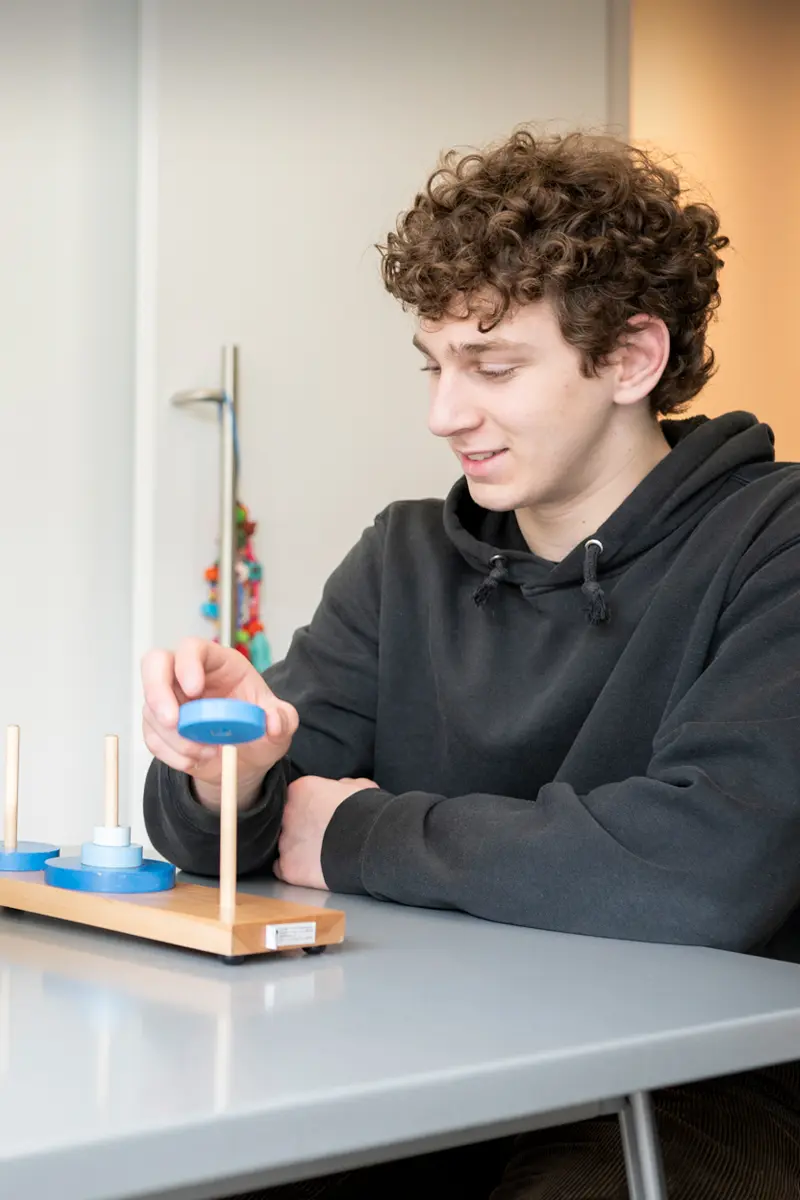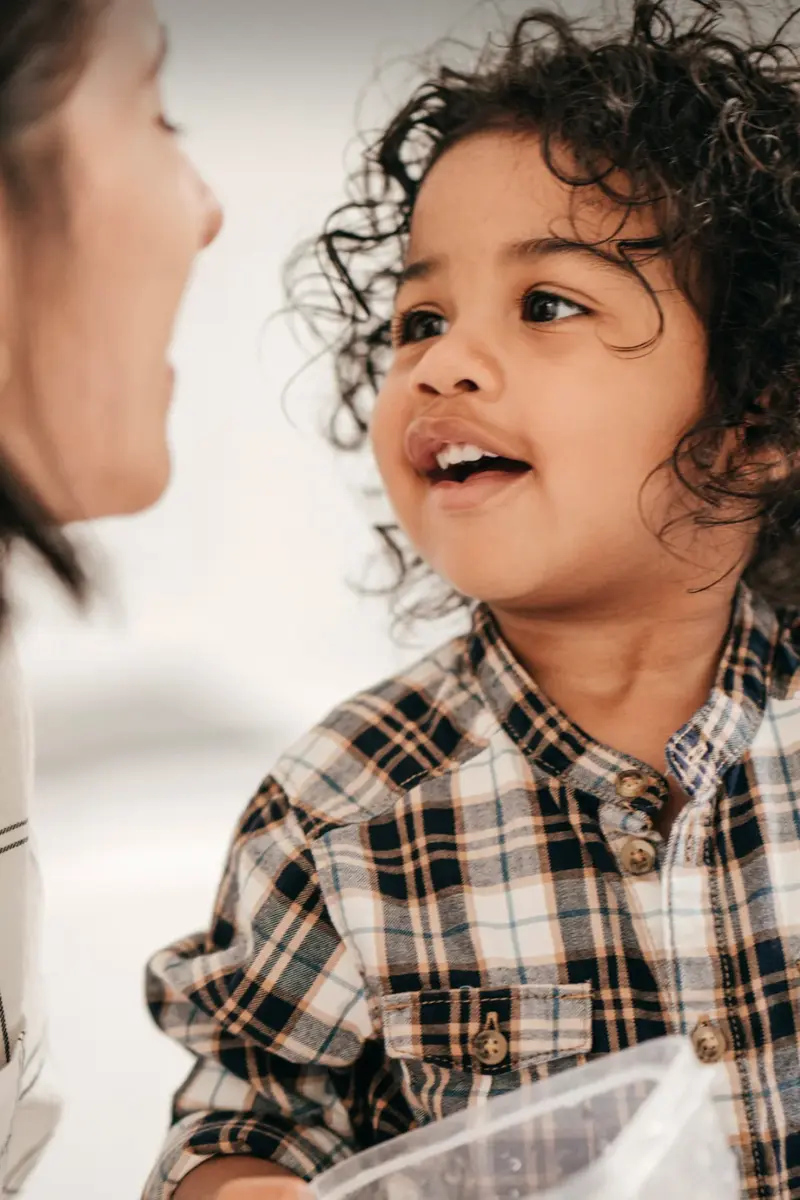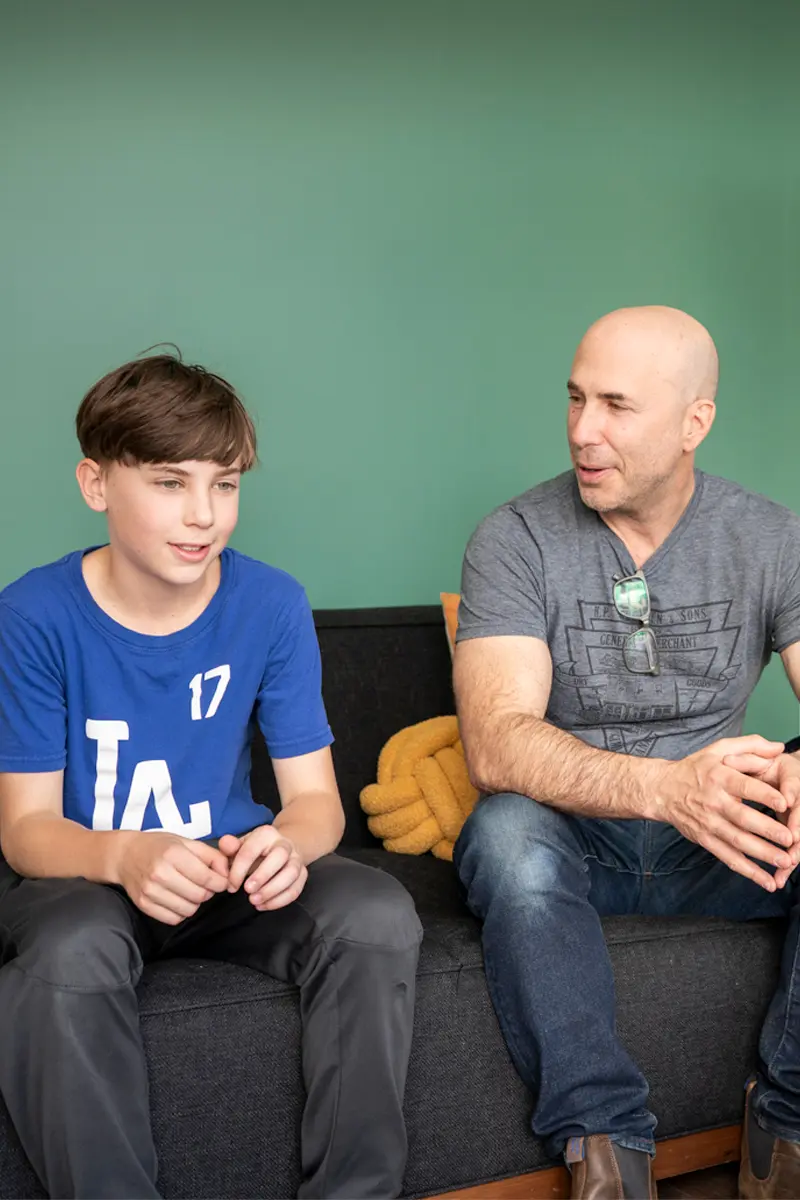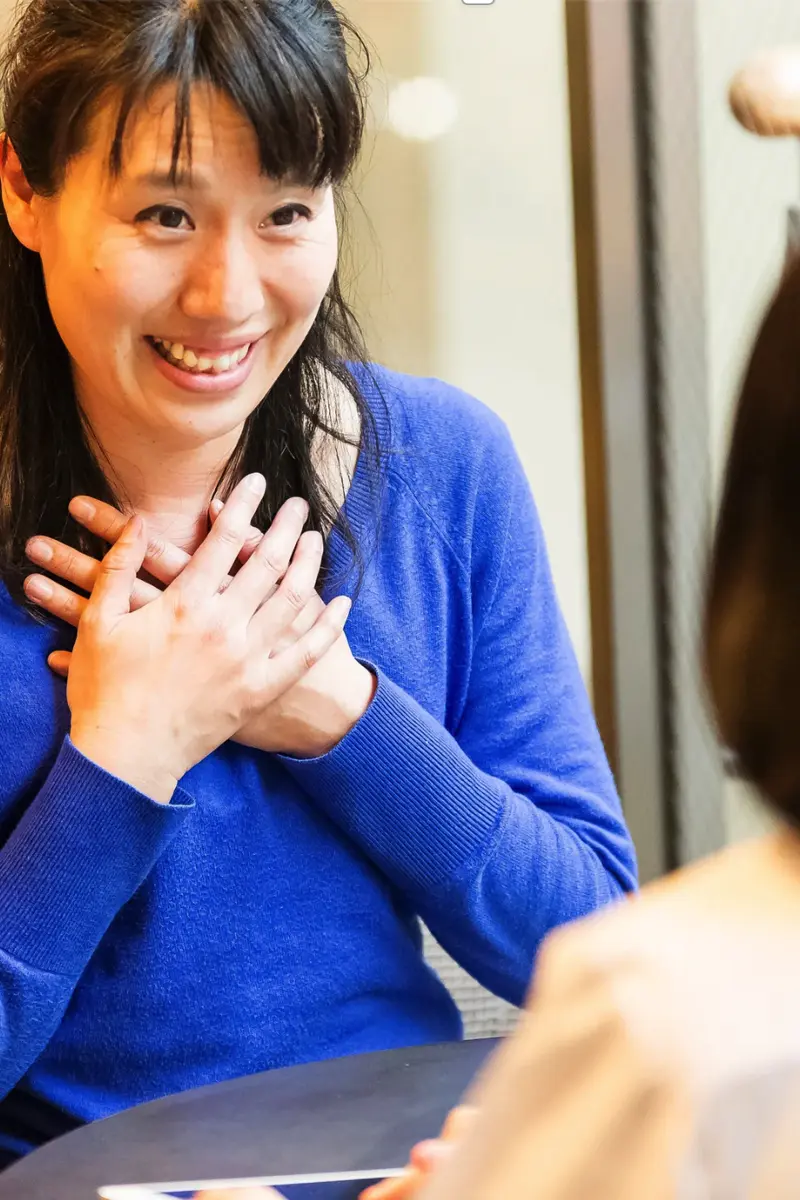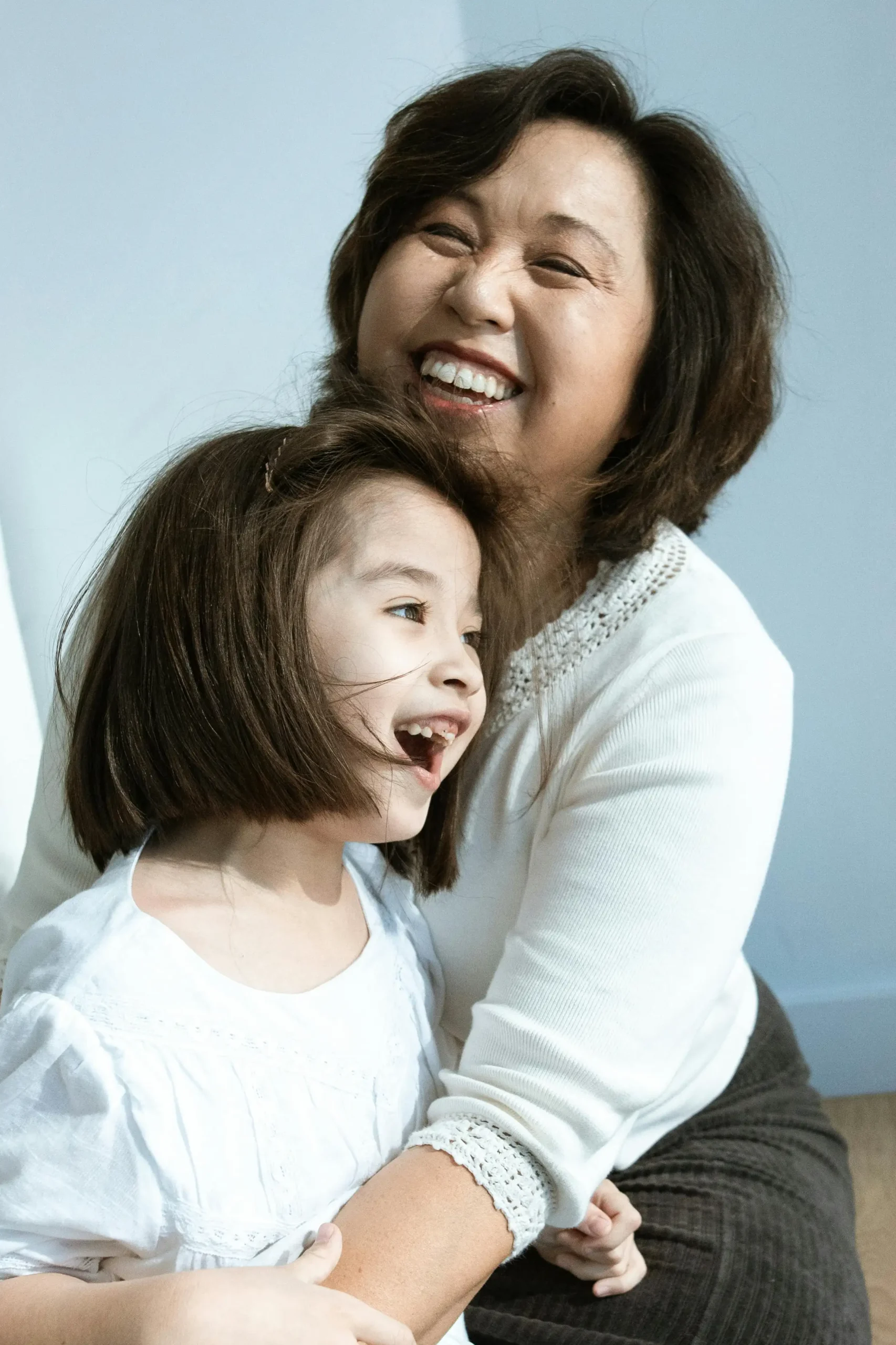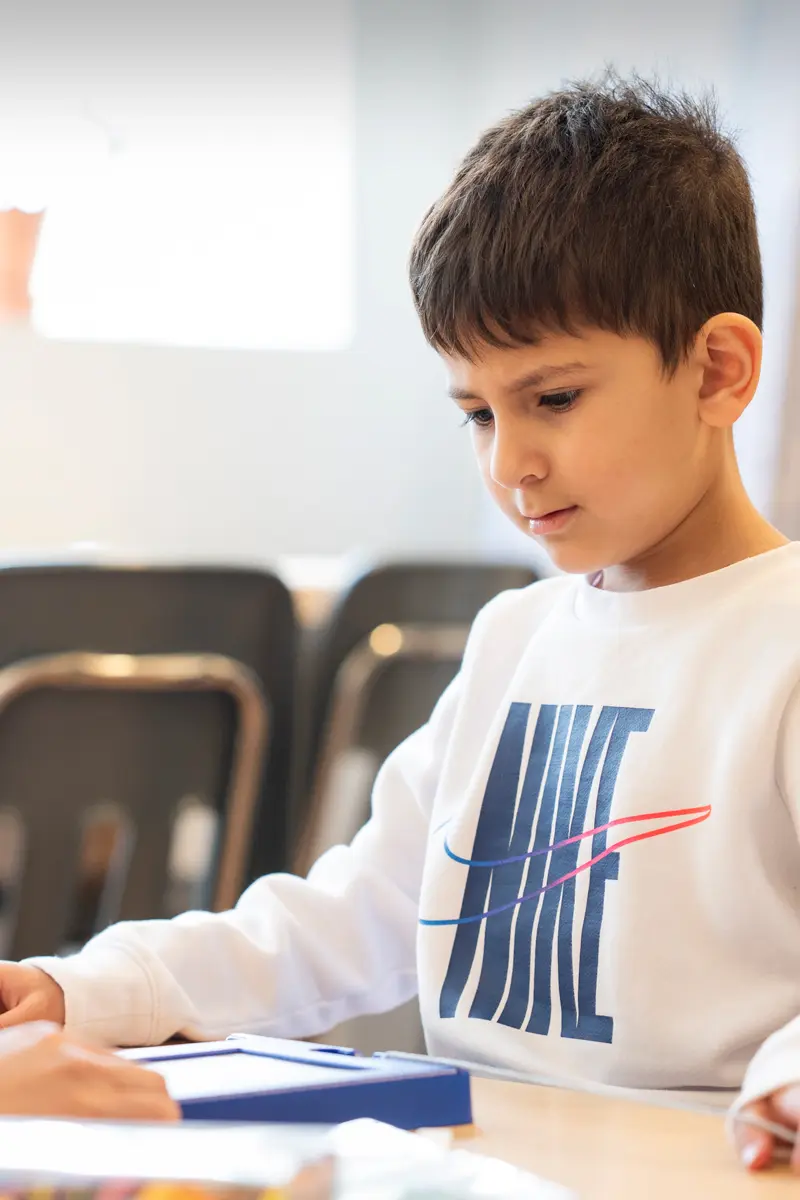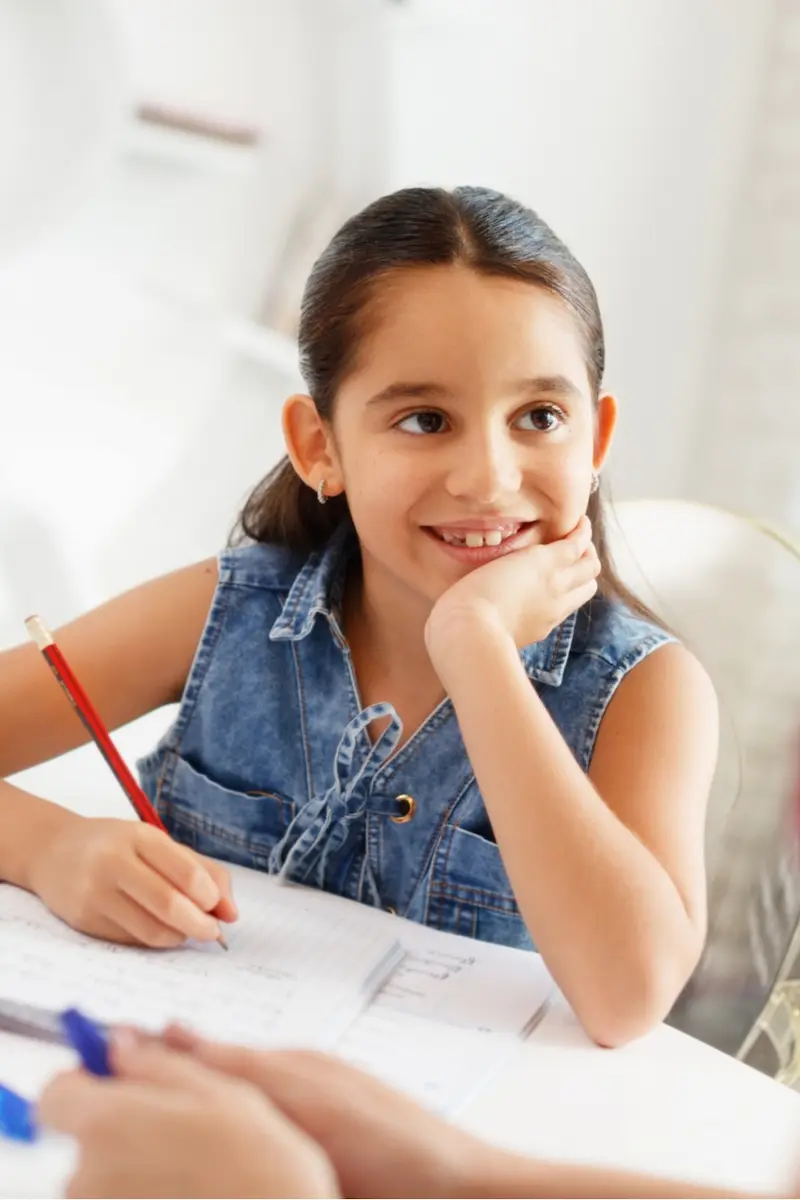What is self-regulation?
Self-regulation is the ability to understand, recognize, and manage our behaviours, energy levels, emotions, and attention. It’s not about changing what we feel, think, or experience internally—but about becoming more aware of those internal states and learning how to respond in a way that fits the situation.
Self-regulation is what helps us stay calm when upset, focus during tasks, manage our energy, and adapt to new or unexpected challenges. You can think of it as an internal toolkit that supports us in navigating everyday life.
Good to Know
We all experience challenges with self-regulation from time to time. It can be especially difficult to regulate when we’re feeling physically or emotionally depleted—like when we’re tired, hungry, or anxious. Think of it like a headache: headaches can happen on their own, or they can be a symptom of something bigger. Similarly, difficulties with self-regulation may show up in many people, but in ADHD, they’re more persistent, impactful, and tied to deeper differences in brain function.
Types of self-regulation issues
Understanding the different components of self-regulation can help better understand the needs that underlie your child’s behaviour and identify areas where your child might benefit from support. Your child may face challenges in one or more of these areas, impacting their daily functioning and interactions.
What self-regulation issues look like
Emotions
Frequent meltdowns, big reactions to small problems, taking a long time to calm down
Behaviour
Trouble with transitions, impulsivity, constant movement, difficulty starting and finishing tasks
Body cues
Becoming overwhelmed in busy settings, missing hunger or tiredness signals, struggling to recognize discomfort
If these signs of dysregulation feel familiar, we can help your child build strategies to manage emotions, behaviour, and daily routines with greater confidence.
Get SupportSelf-regulation diagnosis
Self-regulation isn’t a diagnosis on its own. As Russell Barkely explains, while emotional self-regulation is not explicitly listed in the DSM-5—the diagnostic manual used by physicians and psychologists to diagnose ADHD—it is widely recognized as a core feature of the condition.
How occupational therapy can help with self-regulation issues
Occupational therapists (OTs) support children in building the skills needed for everyday life. When self-regulation is a challenge, OTs can help by:
- Collaborating with families: finding practical ways to support regulation at home and ensuring consistency across settings
- Assessing sensory processing: understanding how responses to sound, touch, movement, or light affect regulation
- Building awareness of internal states: teaching children to recognize emotions, energy levels, and body cues
- Developing personalized strategies: creating routines and tools like deep breathing, movement breaks, and calming activities
Support for self-regulation
At Red Oak, we help children and teens build self-awareness and self-management skills to thrive in daily life.
Using a strength-based approach, our occupational therapists (OTs) integrate play, movement, and evidence-informed frameworks to:
- Teach strategies for self-regulation, such as anticipating triggers, impulse control, flexible thinking, and positive self-talk
- Support sensory needs through activities that help balance energy and arousal
- Build awareness of how sensory systems affect thoughts, emotions, and behaviours
Self-regulation frameworks
Our occupational therapists draw from multiple frameworks to help children and teens build strong self-regulation skills.
Zones of Regulation™
A framework that helps children understand and manage their emotions and behaviours by categorizing them into four coloured zones, promoting self-awareness and regulation.
Alert Program
A self-regulation framework that teaches children to recognize and manage their levels of alertness. Through the use of simple, relatable metaphors, the program helps children identify whether they are feeling high, low, or just right, and equips them with strategies to adjust their arousal levels for optimal functioning.
Powerfully You
An educational program designed to empower children with self-regulation strategies through engaging activities and relatable scenarios, fostering emotional and social growth.
Social Thinking™
A program that teaches children how to interpret social cues and develop appropriate responses, enhancing their social skills and interactions.
Social Emotional Learning
An educational approach that integrates the development of emotional intelligence, social skills, and responsible decision-making into the curriculum, supporting overall child development.
Cognitive-Behavrioural Therapy
A therapeutic approach that teaches children to identify and change negative thought patterns and behaviours, improving their emotional regulation and problem-solving skills.
Psychotherapy-Informed Practice
This approach integrates principles from various psychotherapeutic theories to support children in understanding and managing their emotions, behaviours, and relationships.
Self-regulation strategies
Building an effective set of self-regulation strategies starts with understanding your child’s unique profile, including the specific skills that they are lagging in, that may be contributing to their challenges. A paediatric occupational therapist can help identify those underlying needs and create a plan that’s tailored to your child.
Preschoolers
At this stage, children are just beginning to understand and manage their emotions. Strategies that can help preschoolers develop awareness and control over their emotions include:
- Visual aids: Using picture schedules to provide structure.
- Calming corners: Creating a quiet space with comforting items.
- Simple breathing exercises: Teaching “smell the flower, blow out the candle” techniques.
- Sensory activities: Engaging in play-dough, swinging, or animal walks.
Children
As children grow, they can learn more complex self-regulation strategies and skills to help them manage school demands and social interactions:
- Emotion charts: Identifying and labeling feelings.
- Mindfulness practices: Introducing yoga or guided imagery.
- Structured routines: Establishing consistent daily schedules. Problem-solving skills: Teaching steps to address challenges calmly.
Teens
Teens benefit from strategies that promote independence and self-awareness:
- Cognitive-Behavioural Techniques (CBT): Learning to recognize the connection between their thoughts, feelings and actions. CBT helps teens to challenge their automatic negative thoughts and replace them with more helpful and realistic ones. By shifting their thinking patterns, they learn to identify more positive responses to stress.
- Goal setting: Encouraging setting and achieving personal goals.
- Stress management: Practicing relaxation techniques like deep breathing or progressive muscle relaxation.
- Open communication: Fostering discussions about emotions and coping strategies.
Creating a supportive environment at home
Parents play a crucial role in nurturing self-regulation:
- Model behaviour: Demonstrate healthy ways to manage emotions.
- Positive reinforcement: Acknowledge and praise efforts to self-regulate.
- Consistent routines: Maintain predictable schedules to provide stability.
- Advance notice: Provide as much notice as possible when the schedule changes (because it often does!).
- Validate feelings: You don’t have to agree with your child’s reaction to empathize with their experience. Naming and validating feelings helps them feel seen and builds emotional awareness.
Remember, progress takes time, and every small step is a victory worth celebrating.



